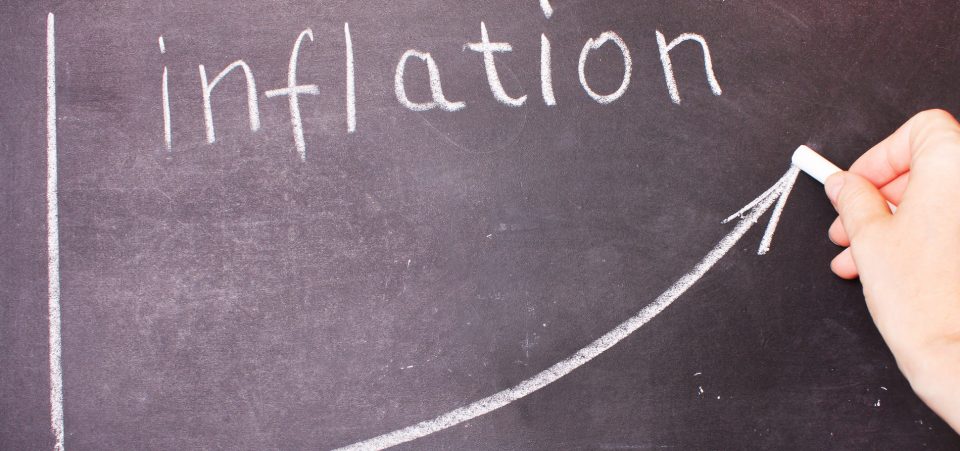The Federal Reserve Concedes It Hasn’t a Clue About Inflation
Janet Yellen has proven beyond any doubt that you should take the statistics they feed you with several grains of salt. Especially when the data seems too good to be true. The Federal Reserve and Janet Yellen have admitted that they may have exaggerated in their praising the “strength” of the labor market. (Source: “Watch Live: Hawkish Yellen Says Fed May Have Misjudged Inflation, Labor Market,” Zero Hedge, September 26, 2017.)
Mere days after suggesting that the U.S. economy was strong enough to handle a gradual lifting of interest rates, all of a sudden—and rather suspiciously—Janet Yellen has changed her mind. This will delight bullish investors, who have never considered the possibility of a bear market.
Indeed, Yellen must have heard some serious people warning her that raising rates now, however gradually, would wreck the illusion. That is, the illusion that the U.S. economy is firing on all cylinders. Indeed, the mistaken assessment, to put it politely, seems designed to perpetuate the dovish monetary policy.
Using a convoluted explanation to state the obvious, Yellen stated, “My colleagues and I must be ready to adjust our assessments of economic conditions and the outlook when new data warrant it.” (Source: Ibid.)
The turnaround seems timed to prevent the three-day consecutive market correction that followed her initial and mistaken assessment.
More Cautious Rate Policy Confirms U.S. Economy Has a Weak Spot
Unfortunately, while Yellen might be wise to act more cautiously with interest rates, the Fed chair has effectively ensured more air to feed the bubble on Wall Street. Last week, in the mistaken assessment, it became clear that the Fed would raise rates significantly before Christmas.
Now, the rate of increase might not be as sharp. The best thing about Yellen’s revision is that perhaps, the Fed will stop speaking of the U.S. being in the midst of some great economic boom.
There has been talk of employment levels having returned to pre-2008 financial crisis conditions. What they now concede, however, is that this does not necessarily mean that the economy is experiencing maximum employment. But the Fed’s reasoning seems entirely based on the fact that nobody can explain the failure of inflation to rise.
Yet, inflation, in the sense of rising prices for basic goods, is happening. The price of oil has made a sudden comeback after the main producers agreed to heavy output cuts. Oil is at the highest price—nearly $58.00 a barrel—in two years. Higher oil costs mean that Americans pay more at the pump. They also pay more for groceries, which are shipped by transportation that burns some kind of refined oil product.
Now, the Fed Chair’s speech still points to a rate hike in December. But it also creates more confusion. Investors will be speculating how much and when. Moreover, Yellen indicated that they have no clue about inflation, which means more changes in this direction might come. In other words, we may be looking at a topsy-turvy market, the kind that causes motion sickness, for the next few months.






